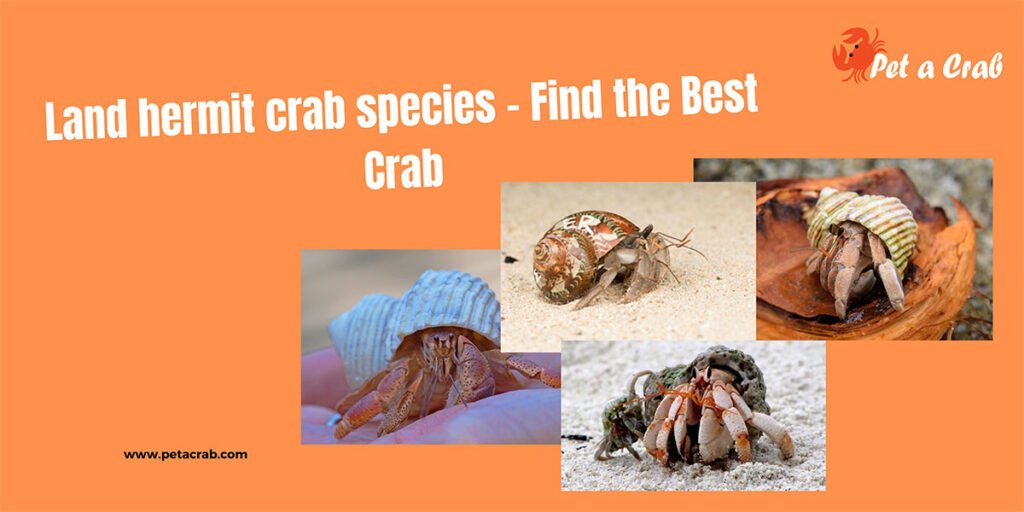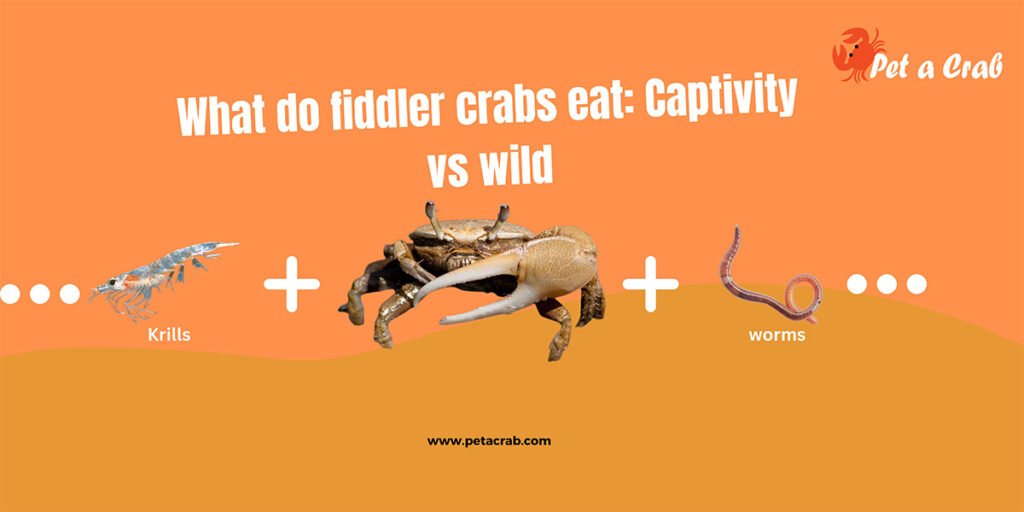The mosaic crab, known for its vibrant mosaic-like patterns, is not just a visual delight but also carries a dangerous secret—it’s highly toxic. Found in the Indo-Pacific waters, this striking crab is both beautiful and deadly, making it an intriguing topic for marine enthusiasts.
Mosaic crab’s beauty hides the danger beneath, with toxins resistant to cooking. Learn more about this unique yet dangerous creature in this fascinating guide.
http://www.wildsingapore.com/wildfacts/crustacea/crab/xanthidae/pictor.htm
Quick overview of Mosaic crab
| Common names | Mosaic crab, Mosaic Reef Crab |
| Scientific name | Lophozozymus pictor |
| Family | Xanthidae |
| Size | Up to 10 cm (3.15-3.94 inches) |
| Optimal temperature | 22.8°C - 29.3°C |
| Diet | Carnivore |
| Depth | 0-5 meters |
| Weight | 100 g |
| Lifespan | Up to three years |
| Habitat type | Saltwater Aquarium |
Habitat and Distribution of mosaic reef crab
The mosaic reef crab, Lophozozymus pictor, lives in shallow, rocky reefs across the Indo-Pacific, especially near Australia, Singapore, and the Indian Ocean. It prefers habitats like coral rubble, rocky reefs, gravel soils, and intertidal zones, often hiding in the sublittoral and infralittoral zones where coral and rubble are abundant.
These crabs are found in areas ranging from the tidal zone to depths of around 200 meters, living along the continental shelf. They have been recorded in regions like the Philippines, Thailand, Vietnam, China, Japan, Ambon (Indonesia), and Western Australia. Sadly, they are listed as an endangered species in Singapore due to habitat loss and other environmental pressures.
Appearance: crab mosaic
The mosaic crab is known for its stunning appearance, featuring a beautifully patterned shell adorned with striking red, black, and white markings. Its legs are hairy and red, adding to its vibrant look. The crab boasts large, equally sized pincers that have distinctive black tips, making it easily recognizable in its natural habitat. This eye-catching coloration not only enhances its beauty but may also play a role in its survival, helping it blend into the colorful coral reefs and rocky environments where it resides.
Note: How big are mosaic crabs? They can get up to 10 cm (3.15-3.94 inches)
Are mosaic reef crabs poisonous?
The mosaic crab, Lophozozymus pictor, contains toxins that are similar to the deadly palytoxin2, and there have even been recorded cases of human fatalities due to its consumption.
The crab gains its toxicity through its diet, and most of the dangerous compounds are concentrated in its gut and liver, with lesser amounts in the muscle and almost none in the shell. Unlike many other toxic species, cooking does not neutralize these toxins, making the crab a serious risk to humans, potentially leading to paralysis or death.
In captivity, the mosaic crab has been observed to lose its toxicity over time, with nearly all toxins disappearing after 24 days1. The average toxicity level of the mosaic crab has been measured at 921 mouse units, which translates to enough poison to kill thousands of people. Its toxins, when tested on animals, caused lethal effects by depressing breathing and lowering blood pressure but had little impact on muscle response to nerve signals. The toxicity level of the crab can also vary depending on its habitat, with some populations being more dangerous than others.
Related articles:
What does the mosaic crab eat?
The mosaic crab is carnivorous and has a diverse diet that includes various poisonous sea cucumbers, fish, sea worms, and sea plants. It also feeds on bivalve mollusks, sea stars, and detritus like small, dead fish.
Note: Colourful mosaic crab is the prey of humpback red snappers.
Colorful mosaic crabs as pets lophozozymus pictor
There are many pet species from the xanthidae family, like the pom-pom crab and some hitchhiker species, like the gorilla crab, that are kept in aquariums.
Although mosaic crabs are not popular as pets, you can keep them if you choose to, but be aware that they are poisonous. Poison has nothing to do with petting a crab; a popular example is the gaudy clown crab. If you already decided to pet the mosaic crab, follow the care guide for the gaudy clown crab.



Pingback: 14 Different Types of Crabs in Hawaii You Might Spot on the Beach